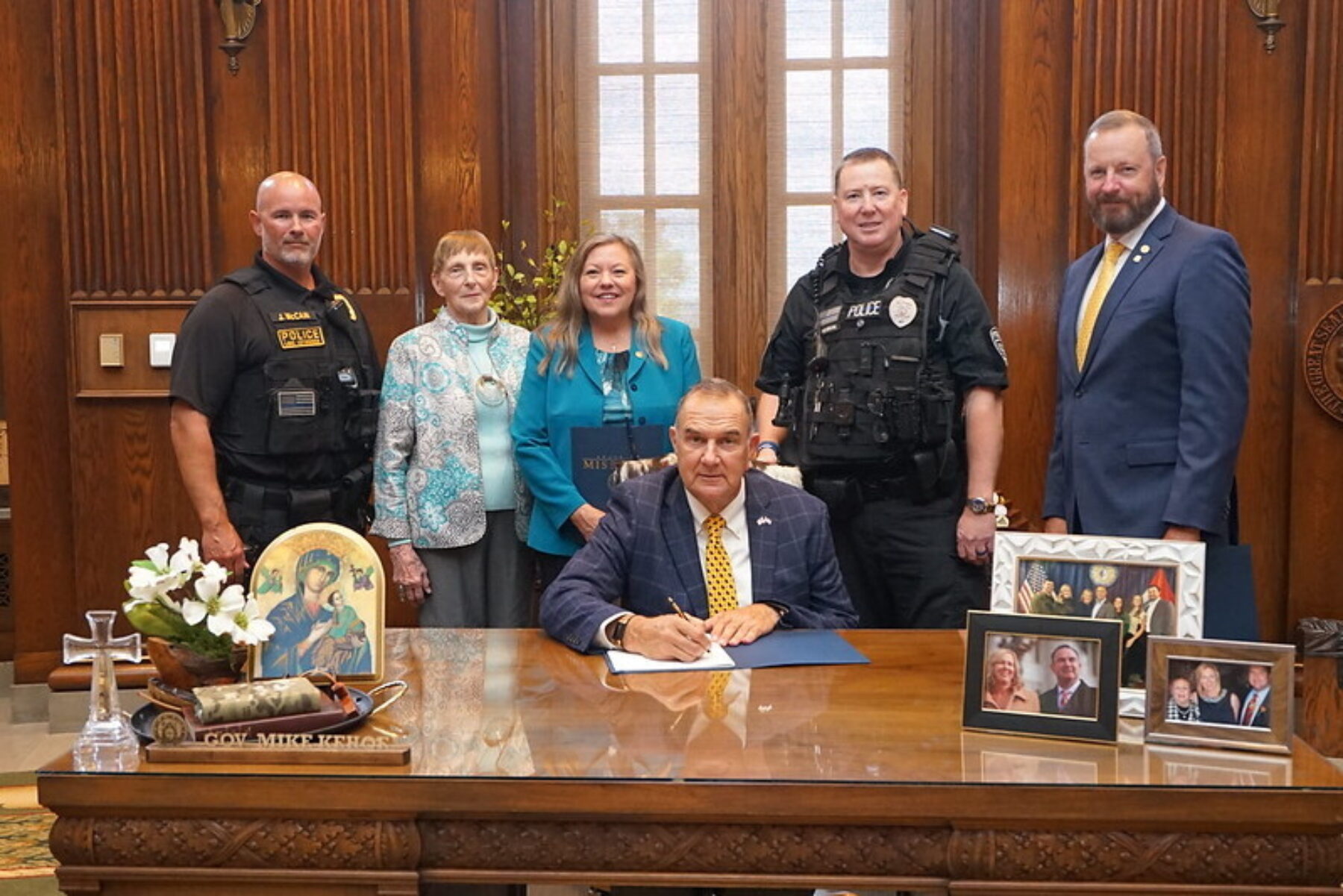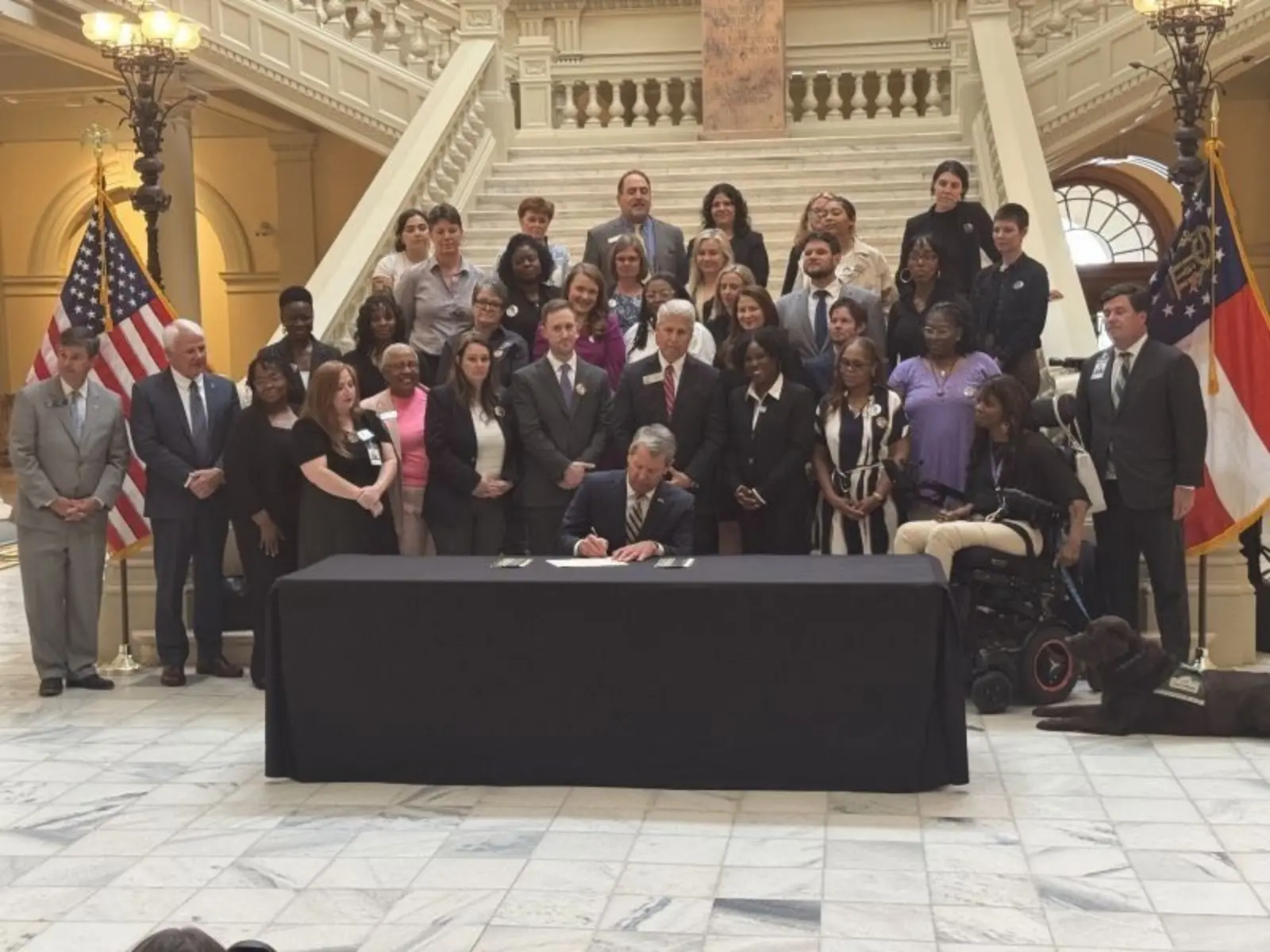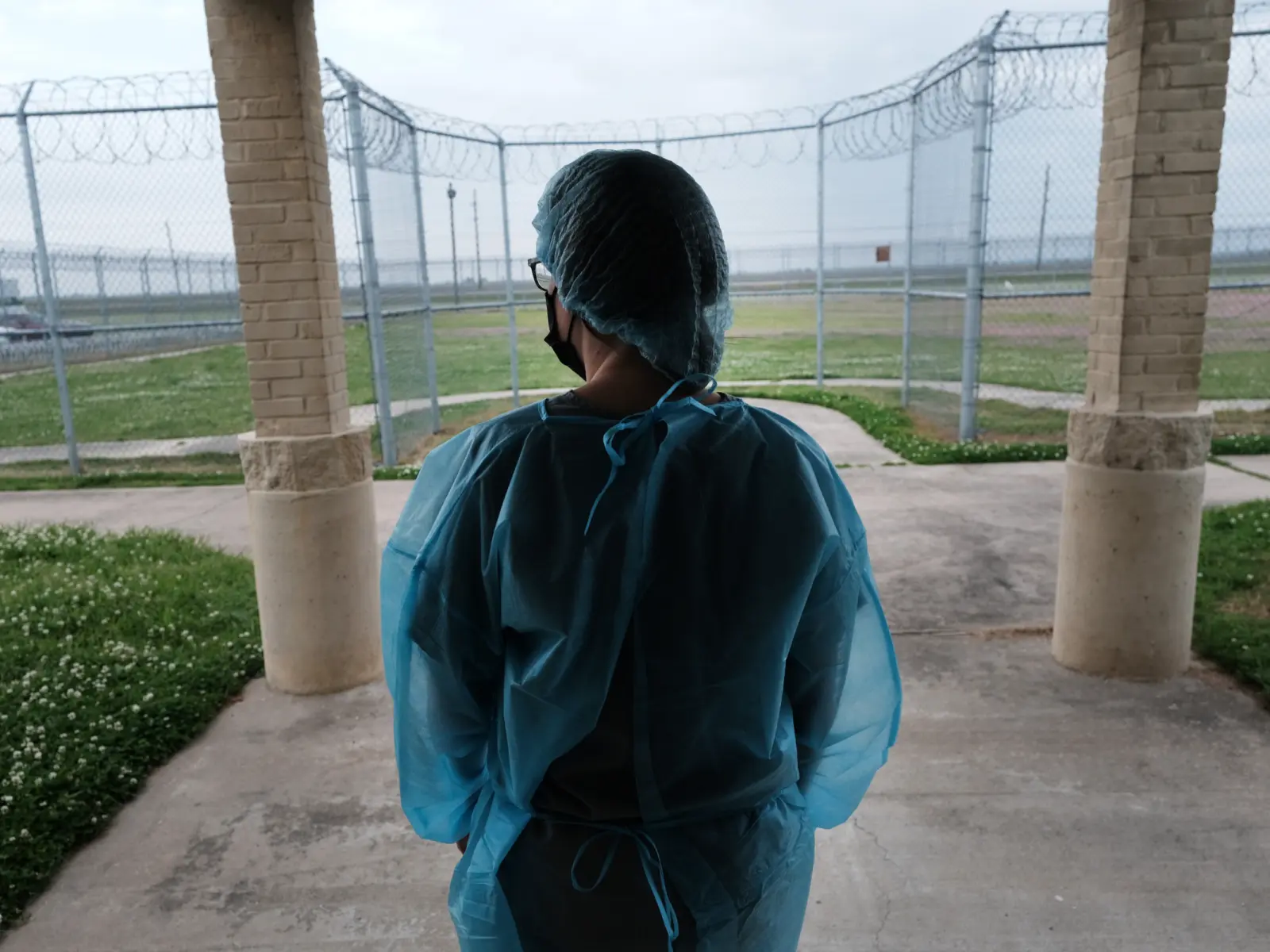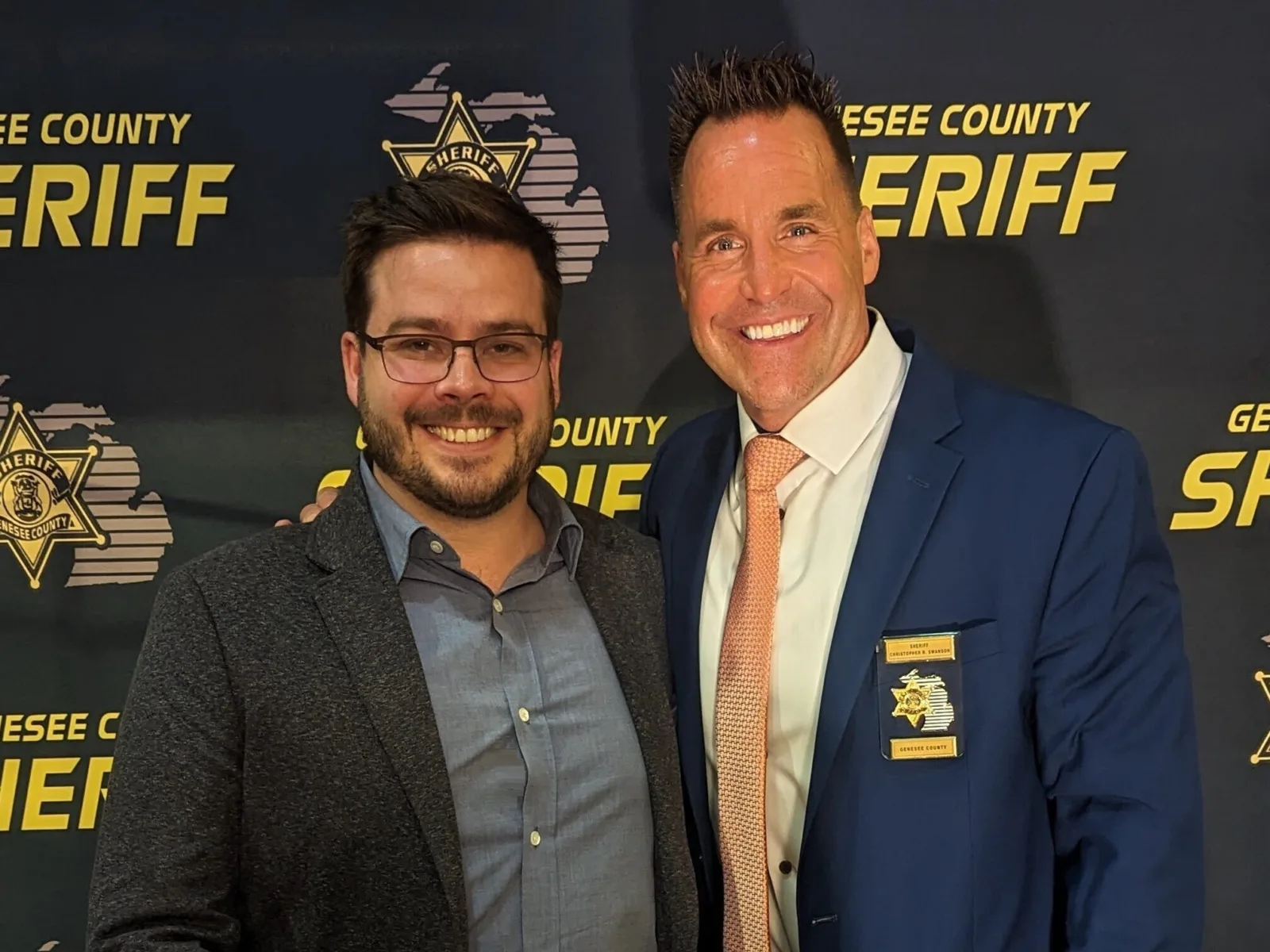Solving violent crimes is central to safer communities and effective policing. But far fewer of these crimes are solved today when compared to past years and decades. When clearance rates — the percentage of reported crimes that lead to an arrest or are solved by “exceptional means” (e.g. the suspect is deceased) — are low, it harms victims and public safety, especially in communities that are disproportionately affected by violence.
“The best way to prevent and deter crime is to increase the likelihood that perpetrators are caught,” Kevin Ring, vice president of criminal justice advocacy at Arnold Ventures, says. “However, across the country, far too many serious crimes go unsolved. This is a public safety risk that needs immediate attention.”
Recognizing this problem, elected officials from both parties are taking steps to improve clearance rates across the country. This year alone has seen legislators in Illinois, Missouri, Michigan, Pennsylvania, Tennessee, and Texas advance efforts to improve their states’ capacities to solve cases.
In Missouri, for instance, Governor Mike Kehoe signed HB 225, a bipartisan bill that includes provisions to create a grant program that will support investigation and crime analysis, enhance data collection, and establish new reporting requirements to track the state’s rate of unsolved violent crime. Missouri data shows that just 38% of violent crimes reported to law enforcement were solved in 2023. “That was a really striking number for legislators,” says Mallory Rusch, executive director of Empower Missouri, a local organization that supported clearance rates legislation.
In addition to HB 225, Governor Kehoe also signed an executive order establishing a program that provides grant funds to communities for new crime-solving technologies and enhanced training, measures that research shows help clear more crimes.
Solving crimes is crucial to deterring future criminal behavior, explains Rachel Wright, national policy director at Right On Crime, an advocacy organization that has worked on these issues across the country, including in Missouri and Texas. When people who commit violent crimes are not caught and held accountable, victims lack justice. People may take matters into their own hands, which often leads to retaliatory cycles of violence.
“We know from robust research and data that the best way to promote public safety is not by locking people away for a very long time but by making sure that people know that they will get caught,” Wright says.
Supporters believe that Missouri’s renewed focus on training and hiring investigators and crime analysts will help jurisdictions improve processes like generating leads and processing forensics. In particular, they applaud the HB 225’s reporting requirements, which mandate that law enforcement agencies receiving funding must share data about how they used the money and whether clearance rates are changing.
In Texas, the State Assembly passed SB 2177, a new bill aimed at solving more violent crimes and sexual offenses via a grant fund. In 2023, just 41% of violent crimes were solved in the state, and a survey by the attorney general’s office showed that three-quarters of departments lacked sufficient investigators and around half were short on crime analysts.
“We delivered a message about how law enforcement has an issue of resources, and they need more resources to solve violent crimes,” says Nikki Pressley, Texas director and chief of staff at Right On Crime. “That resonated with legislators.”
“We know from robust research and data that the best way to promote public safety is not by locking people away for a very long time but by making sure that people know that they will get caught,” Wright says.
As enacted, the bill creates a grant program to provide resources to local police and sheriffs for hiring investigators and crime analysts, as well as investing in technology and case management systems. Like in Missouri, it also requires agencies to report how they spend grant funds and how their clearance rates respond to those investments.
“Requiring reporting based on the funding that agencies allocated to each purpose area will be really valuable, because it will help show what works and what does not,” says Jason Olin, senior government affairs manager for criminal justice at the Niskanen Center, which supported efforts in Missouri and Texas. The organization is focused on promoting policies that improve public safety through swift and certain sanctions.
In addition to the grant fund, Texas legislators also successfully passed SB 1723, legislation to enable rapid DNA testing, a measure that aids law enforcement with speedy investigations. Together, these new laws should provide law enforcement with additional tools to solve more violent crimes.
These legislative accomplishments are part of a larger movement to increase clearance rates across the country through state-level legislation. In both Pennsylvania and Michigan, for example, bills to provide more crime-solving resources to law enforcement have passed one chamber of the legislature. In Tennessee, the Legislature passed similar legislation with no opposition, and the bill awaits funding from either the legislature or the Governor’s office.
In other states, lawmakers are focusing on gathering more data related to the issue. In Illinois, for instance, the legislature passed HB 1710, the Homicide Data Transparency Act, which requires all law enforcement agencies in the state to publish routine data about their investigations into homicides and nonfatal shootings in their jurisdictions.
Even with this legislative movement, more work remains. In both Missouri and Texas, the new clearance rate grant programs still need to be funded. Right On Crime and Niskanen are encouraging state leadership to include such funding in their upcoming budgets, and they believe policymakers and law enforcement will be supportive.
“When people think about these issues, law enforcement is often positioned as being at odds with advocates for criminal justice reform,” says Gwen Smith-Moore, criminal justice policy manager at Empower Missouri. “But these bills are a great example of commonsense public safety solutions that we can all agree on.”




















